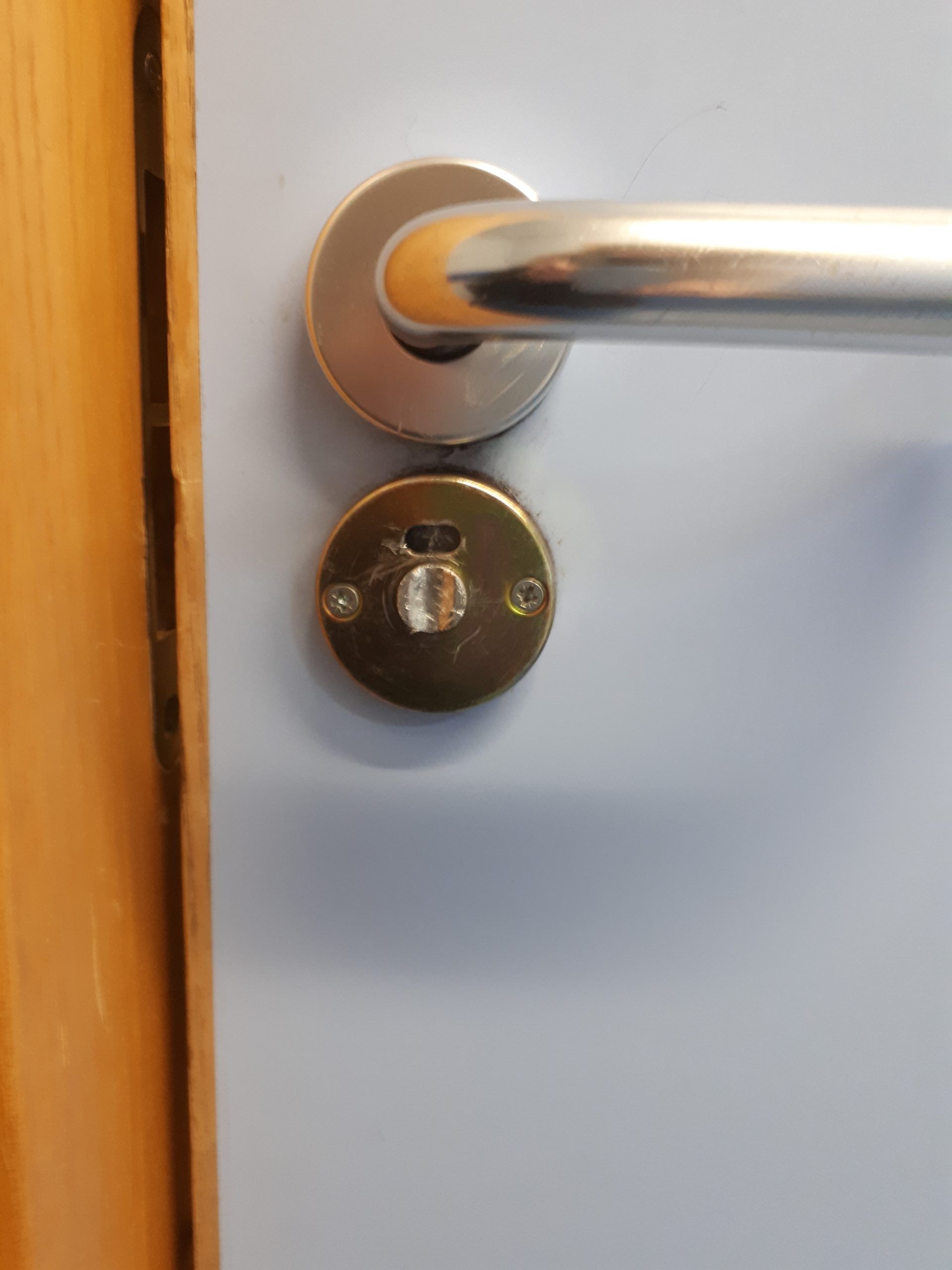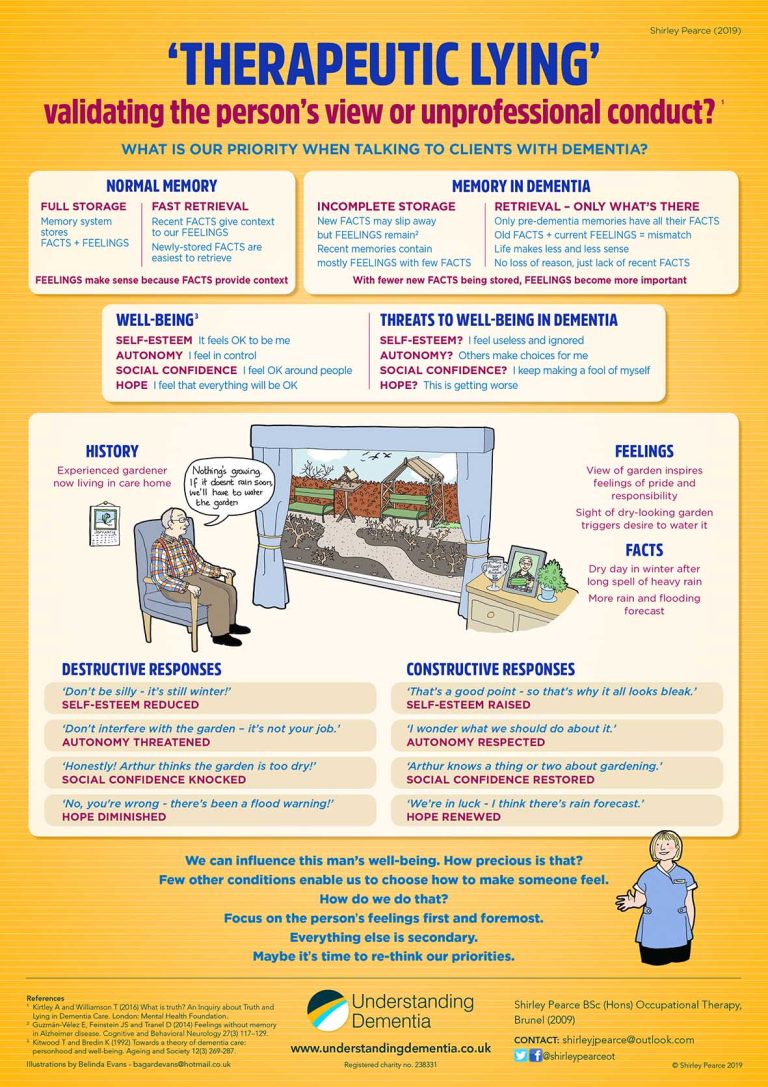Dementia friendliness – a postscript

My original blogpost on Dementia Friendliness was first published on my WordPress site a few years ago. Some time later I visited someone on a ‘Dementia Friendly’ ward. I had to ask directions from several people before I found it.
Once I found the right ward, the décor felt welcoming, with a video of nostalgic photographs projected on the wall. At least I think that’s what they were – it was hard to identify the pictures behind an array of equipment. One of the items of equipment was a sensory therapy machine. I’d seen one before in a dementia day centre years ago. A major fund-raising effort had enabled its purchase and installation in a special room. However, I only saw it switched on when visitors were being shown round.
On the ward there was a commotion when a patient with dementia became locked in the toilet. The lever operating the lock from inside was just below the door handle, making it hard to see when his had was on it.
There was a special screwhead on the outside of the door to enable staff to unlock it in an emergency. However, the soft metal was so worn from previous attempts that it was virtually impossible to use.
The man kept banging the door and wrenching the handle, risking injury to himself and further damage to the lock. He was shouting for help and several members of staff were yelling instructions in a variety of accents. Other patients joined in, and a difficult and potentially dangerous situation began to develop.
I asked everyone to leave the area so that he could hear me talking calmly to him. I told him where to find the lock, and he emerged almost instantly, looking rather embarrassed,.
On his release, one of the staff advised him: ‘Remember not to lock the door when you use the toilet in future.’ But he was too distressed to take in what she said, let alone remember it later on. And don’t forget that he had dementia….
I suggested they put the toilet out of action until someone could repair it. ‘The others are all like that too,’ they said. Sure enough, they were all damaged, but that one was the worst. ‘Can we get Maintenance to fix it – is anyone there today?’ I asked. ‘Not on a bank holiday,’ they said. ‘Anyway, it’s been like that for months.’
The next day I saw a familiar patient peeing in a corner. One of the nurses asked him: ‘Why on earth did you go on the floor? The toilet’s only over there.’ I suggested last night’s events might be a factor, but she didn’t know what I was talking about. When I explained, she said dismissively: ‘Oh, that’s always happening.’ As if a distressed man with dementia locked in a toilet wasn’t worth recording in the notes.
Another member of staff said they’d reported the lock many times, but it was ‘far too expensive’ to fix.
Let me get this straight. It’s worth buying expensive equipment that nobody uses in the name of Dementia Friendliness. But it’s not worth repairing the lock on a frequently-used toilet in a ‘Dementia Friendly’ ward. And relacing it with one that’s easier for people with dementia to use is far too expensive…
To learn about techniques that can lessen the impact of dementia, see our training courses for professionals.




